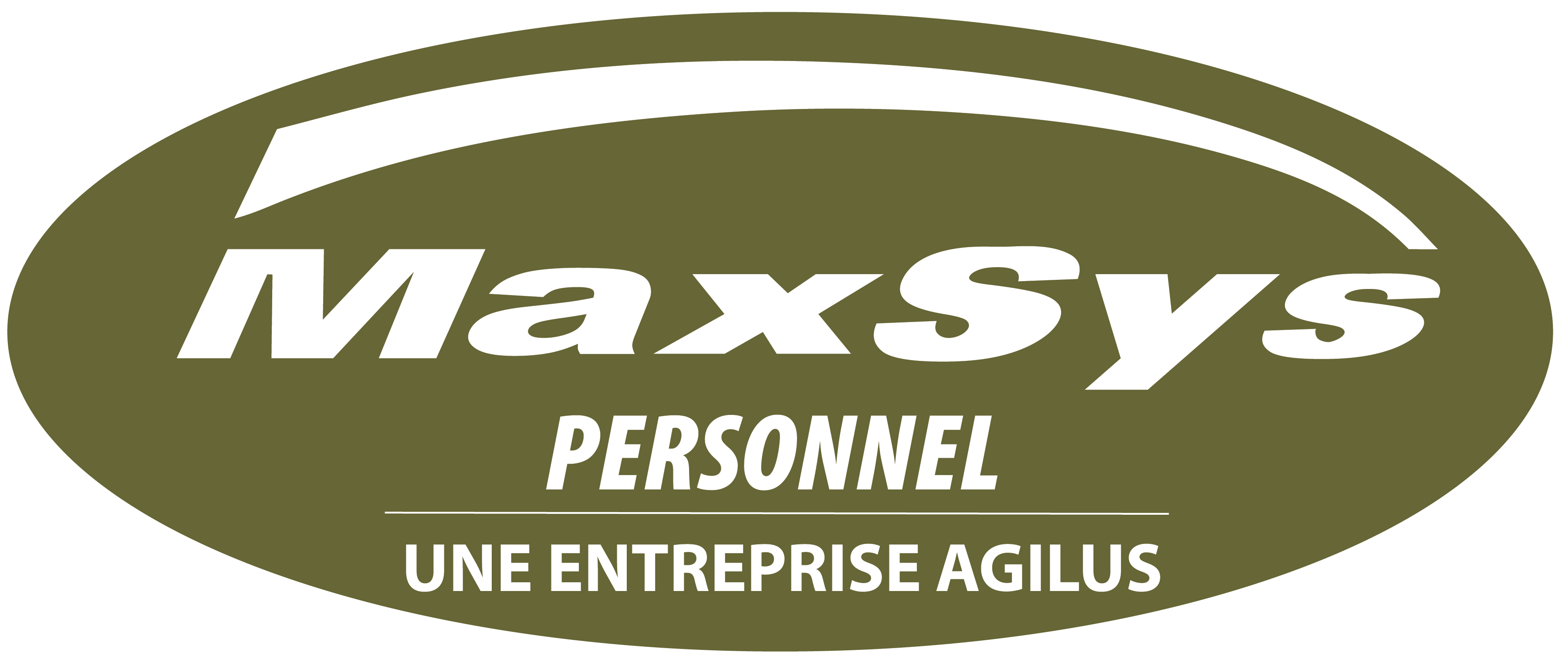juillet 19, 2021
8 steps for a successful technology investment
A big technology purchase can give your business a leg up in productivity and competitiveness, but it can also cause major headaches. Common woes include hidden expenses, features that don’t work as expected or a painful implementation process.
A lot of businesses wind up with a system that costs more than they thought or doesn’t fully address their needs. As such, doing a proper search for the right system and vendor can help you make a profitable investment. The following steps are key to making a successful technology purchase.
1. Examine your business needs
A tech purchase often starts from a chronic problem or gap, usually related to the flow of information. Maybe your records are all on paper but you need them on a computer. You might want to automate some processes or reduce errors. Or you might be trying to make different systems in your company talk to each other. The first step is to meet with your team to discuss whether a tech purchase may be an appropriate answer.
Then, appoint someone to spearhead the search for solutions. It’s important to choose a senior person who has a good sense of your entire organization. Tech purchases often go awry when the project lead is too busy or too junior to understand the needs of the business outside their department. The next step is to review your current business and where you want to go in the next few years.
2. Perform a functional requirements analysis
With the input of employees, map out your key business processes and then prepare a detailed list of tech needs to support each process and area of the business. The idea is to identify how data flows through your business and locate any problem areas. This is known as a functional requirements analysis. It’s not uncommon to have several hundred different requirements in all. Make a note of whether each need is critical or just a nice-to-have. Also list problem areas, opportunities for improvement and future needs.
For example, you may want an inventory management system to track product attributes such as lot, serial number or location but later be able to add barcode scanning capabilities to create efficiencies in warehouse management. Be sure to clearly document your requirements in writing. A common mistake is to compile information verbally and then forget key needs.
3. Create a request for proposal (RFP)
Use your requirements list to prepare an RFP. It should ask vendors to explain their solution, how it will meet each need and any required customization. Also ask about their implementation plan, including training, configuration and support. Request a list of all costs, including for add-on features, professional services and licensing. And ask for a list of other similar businesses they’ve worked with.
4. Develop a vendor list
Research potential vendors who may be able to answer your needs. Include a mix of larger and smaller suppliers.
5. Distribute the RFP
Ask vendors to submit a detailed written response to your RFP.
6. Clarify the responses
Check vendor responses to see if you need clarification about their solution. Vendors are sometimes vague about functions their system doesn’t perform well or hidden costs. If the vendor is proposing customized software, find out who would own the source code and how customization would affect the ability to make upgrades. If you’re exploring cloud solutions, ask whether the vendor would own your data, where it would be stored and how difficult it would be to extract data if you wanted to switch providers.
7. Rate the vendors
Rate each vendor based on how well they meet each requirement. Make sure you understand the vendor’s implementation plan, and flag any proposed customization. Also determine the total cost of each solution. Don’t be fooled by a low bid. Some vendors offer an attractive base price, but pack a hodgepodge of hidden costs into the implementation process and add-ons.
8. Select the vendor
Make a short list of two to three vendors, and invite them to come in to do a proof-of-concept demonstration. Ask them to show the specific processes that would solve your critical needs. This is the time to compare the user-friendliness of each solution. Also get a sense of the vendor’s cultural fit with your business, knowledge of your industry and the skill level of their people. Do reference checks, then choose the winning vendor. If needed, ask them for an updated proposal and carefully review all contract terms and conditions. Don’t be shy to negotiate any vague or unfavourable clauses. A large contract may be worth reviewing with a legal advisor.



